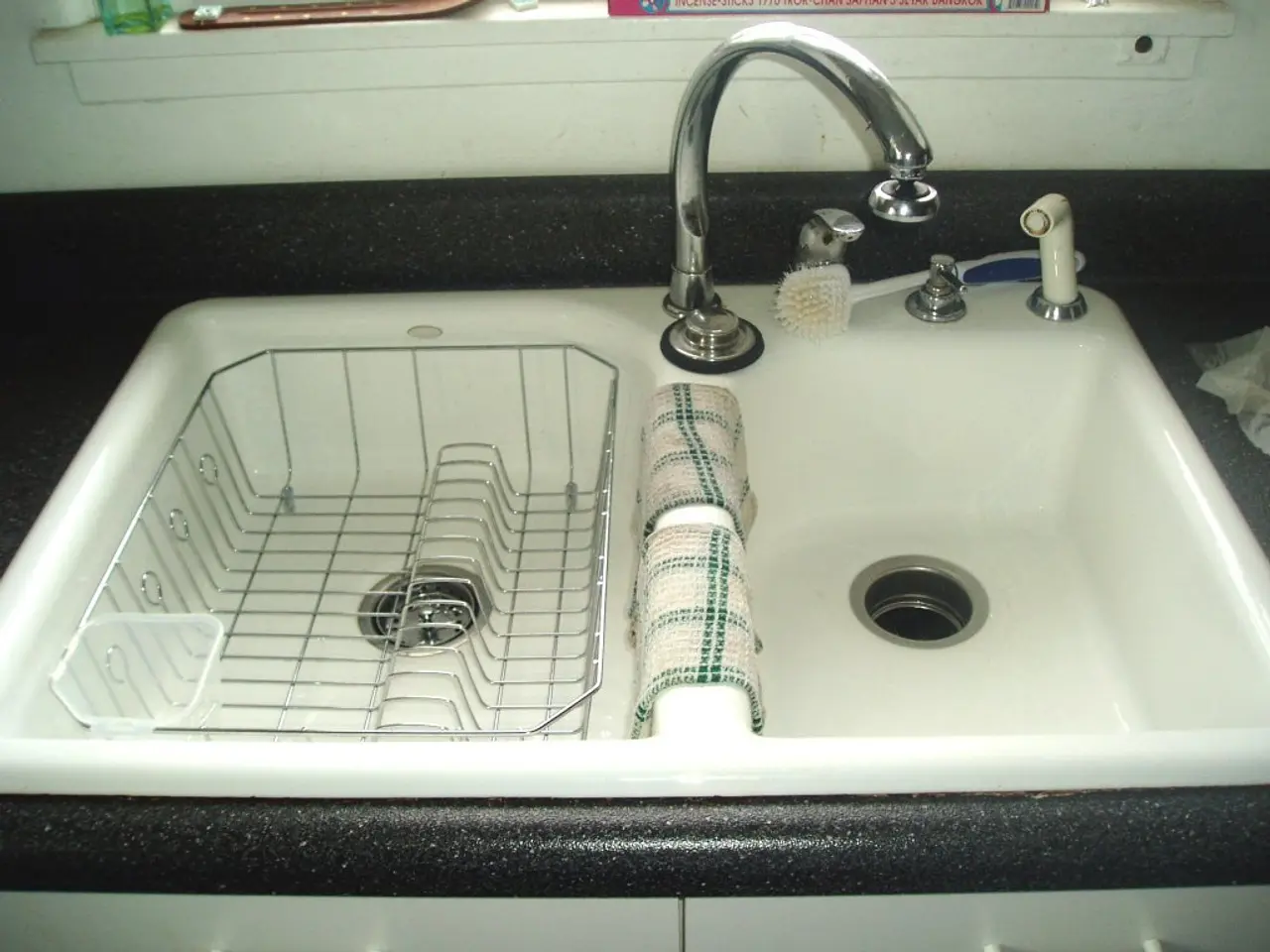Deep Cleaning vs. Regular Cleaning: Exploring the Distinction
Creating a comfortable and welcoming home is essential for many of us, and deep cleaning plays a critical role in achieving this goal. Deep cleaning provides an extra touch of care, reviving your space and making it feel like a rejuvenating spa treatment for your home.
Adopting a cleaning schedule can help outline when to focus on regular versus deep cleaning tasks. An effective cleaning schedule balances daily and weekly tasks with deep cleaning tasks, organized by frequency to ensure thorough upkeep and maintain a clean environment.
Daily Tasks
Daily tasks are the foundation of your cleaning routine. They include clear and wipe countertops, clean sinks, sweep floors, take out the trash, and tidy frequently used areas to prevent clutter buildup. Regular cleaning helps keep disorder at bay, while daily cleaning tasks ensure your home remains tidy and inviting.
Weekly Tasks
Weekly tasks are a step up from daily tasks. They include vacuuming, mopping floors, and cleaning mirrors and windows. Weekly cleaning tasks help maintain the cleanliness of your home and keep it looking its best.
Monthly Tasks
Monthly tasks are focused on deep cleaning specific areas of your home. They include deep cleaning kitchen appliances (oven, fridge), washing windows thoroughly, cleaning baseboards and vents, and vacuuming upholstery. These tasks provide an extra level of care and help revive your home's appearance.
Quarterly or Biannual Tasks
Quarterly or biannual tasks are even more intensive than monthly tasks. They include deep cleaning carpets and rugs, washing curtains and blinds, cleaning light fixtures and ceiling fans. These tasks help keep your home looking and feeling fresh and clean.
Annual Tasks
Annual tasks are the most intensive of all. They include cleaning behind and underneath large furniture/appliances, decluttering storage areas, shampooing carpets, cleaning grout and tiles deeply. These tasks ensure your home is thoroughly cleaned and maintained.
To implement this effectively:
- Organize tasks by frequency so they’re easy to track and prioritize.
- Create a cleaning calendar or checklist assigning tasks to specific days or weeks to avoid overwhelm and ensure coverage.
- Delegate or distribute tasks among household members or staff to share the workload.
- Perform quality checks periodically to confirm cleaning standards are met.
Many templates and planners are available that help customize and track this schedule based on your household needs and preferences. Using a printable or digital checklist can increase accountability and help keep the routine consistent.
In summary, an effective cleaning schedule is structured by task frequency with clear assignments and reminders, combining daily maintenance with periodic deep cleaning to maintain a clean and healthy environment. Embracing both regular and deep cleaning approaches can transform your living experience and bring a sense of joy and peace.
Read also:
- Wawa avian tests positive for West Nile disease
- The market for Kraft Lignin is projected to increase at a rate of 7.2% each year until 2034.
- Luxury automaker Mercedes-Maybach unveils its latest edition, the Emerald Isle, at the Monterey Car Week event.
- Exploring the Advantages of Outdoor Group Meditation for Enhancing the Mind-Body Union





